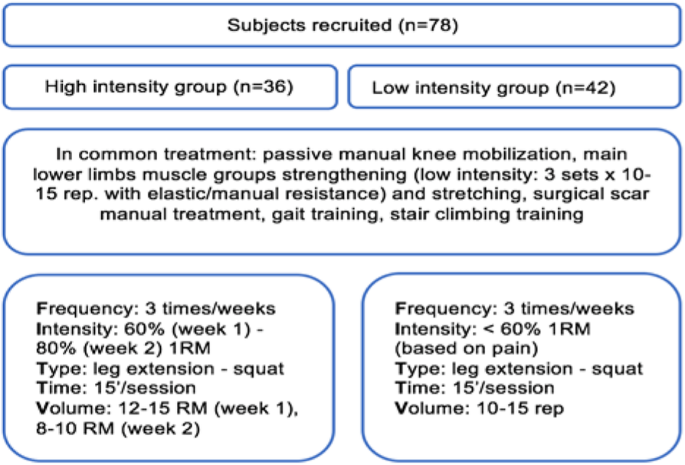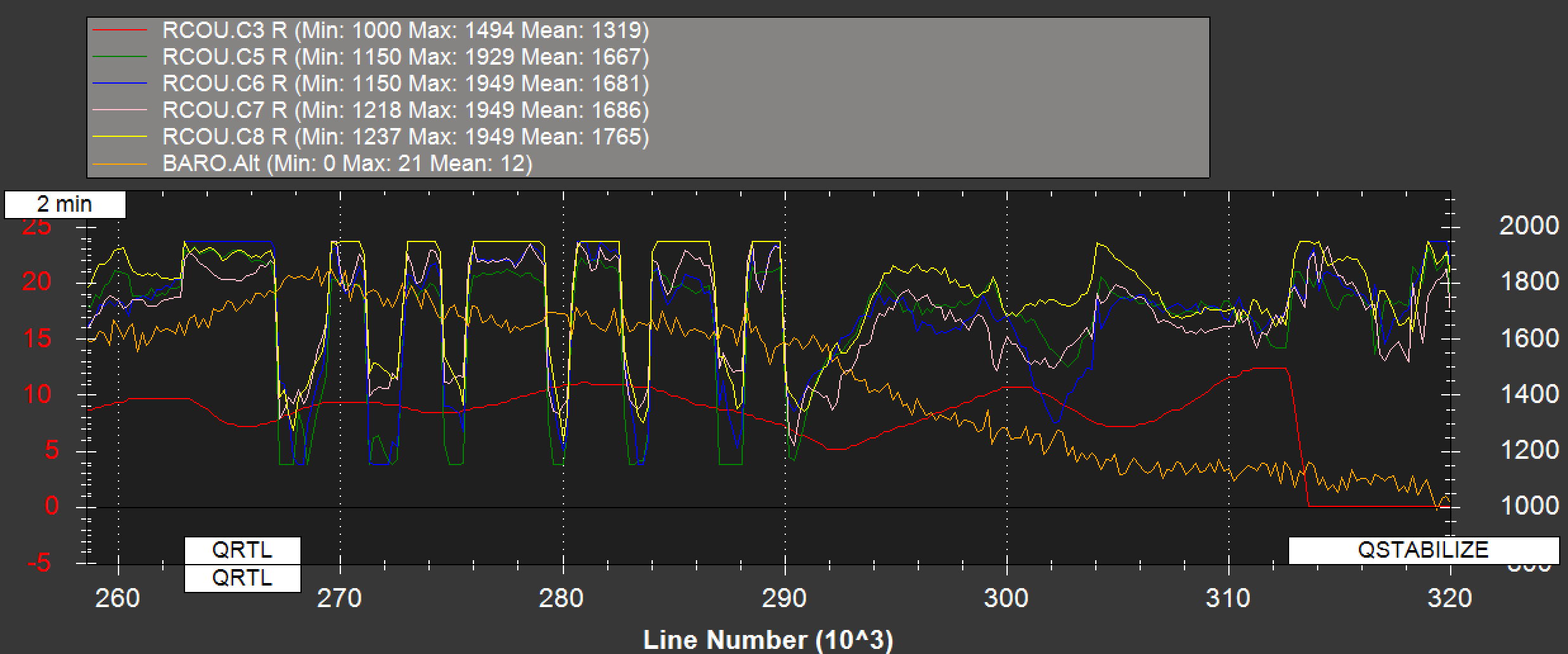Behavior (e.g., hitting), not unobservable internal states (e.g., frustration). Operational definitions should be unambiguous. Anyone, without any prior knowledge of the behavior, should be able to understand the definition. A good test is that a person who has never seen the behavior can “act it out” from the definition. Many behavioral health providers have had training in cognitive-behavioral therapy (CBT), but few are knowledgeable about how to best use CBT when working with a suicidal patient. Cognitive Therapy for Suicide Prevention (CT-SP) is an evidence-based, manualized cognitive-behavioral treatment for adults with suicidal ideation and behaviors. Powered by Create your own unique website with customizable templates.
Behavioural Training is an extremely important element of all corporate training programs for companies as globally it is recognized in inculcating the right attitude in their employees. 'If you want to change attitudes, start with a change in behaviour', says Dr. William Glasser who is the great psychiatrist from the US. The modification in behaviour necessitates them to unlearn what is exisitingly deep-rooted in them over a time and imbibe new behavioural skills.
What is behavioural skills training?
Behavioural skills training is a blend of skills that are required in interpersonal relationships, effective communication, engaging attitudes and productive emotions that will allow employees to work & perform well with their colleagues. In other words, it aids individuals to analyse their existing behaviour patterns, and trains them with new skills to recognize new patterns to achieve better results. Therefore, these programs are a key part of leadership training.
Behavioural Skills Training
The latest addition to our services is providing microlearning content. This will help to enhance learning and retention of our courses. It is a form of e-learning through which the latest generation learns.
Read more- Facilitate and Coach: Offer precise, positive feedback; Have frequent, one-on-ones, presenting solutions to problems, personalized to your employees’ specific strengths.
- Macromanage and avoid micromanaging: Good leadership skills helps you to strike a balance in giving liberties to your employees, while still being within reach for guidance.
- Be concerned about the well-being of your team members: Recognize your employees as individuals with lives outside work.
- Be courageous about obtaining results: Facilitate the team in prioritising their work and use your position to eliminate roadblocks.
- Communicate with efficacy: Effective communication skills are a two-way street: you both listen and contribute to information. This helps the team to connect the dots.
- Be Team Focused: Be earnestly involved in the career development of your team.
- Clarity of Vision: Have a clear vision with supporting strategy.
- Self-Development: Have the necessary skills so that the team can fall back on you.
Mr. Lazlo Bock, Google’s Vice-President for People Operations says, he is surprised by the simplicity of the rules. This simplicity not only creates ease in the application but also does not require a personality transplant for a manager.
Mr. Bock says, 'You don’t actually need to change who the person is' he says. 'What it means is, if I'm a manager and I want to get better, and I want more out of my people and I want them to be happier, two of the most important things I can do is just make sure I have some time for them and to be consistent. And that’s more important than doing the rest of the stuff.'
The latest addition to our services is providing microlearning content. This will help to enhance learning and rentention of our courses. It is a form of e-learning through which the latest generation learns.
Behaviourial Training Outline
Training Topics:
Personal Grooming & Etiquette

- Social Graces, Etiquette and Body language
- Making a Great First Impression:
- How to present yourself to people
- Greetings, Introductions
- Developing Your Professional and Personal Image
- Personal Hygiene
- Polish interpersonal skills
- Etiquette of Dressing:
- The do’s and don’ts in dressing
- Understand various dress codes for different occasions
- Clothes and Corporate Culture
- The Do’s and Don’ts in Conversation:
- Enhance communication skills
- Build self-confidence and self-esteem
- Rapport building
- Making a Great First Impression:
Interpersonal Skills
- The Basics of Interpersonal Communication
- Starting and sustaining conversations that are engaging
- Handling conversations with the opposite sex
- Acknowledging differences
- Giving and receiving compliments
- Coming across as a positive person
- Avoiding bad conversational habits
- Displaying Courteousness and Thoughtfulness at the Workplace
- Being thoughtful to colleagues regardless of position
- Sticking to convictions as diplomatically as possible
- Apologizing
- Showing appreciation
- Extending courtesy to guests, consultants, and new employees
E-Mail Etiquette
- General etiquette
- Sending effective messages
- Form and tone of the messages
- Responding to messages
- Organizing the different parts of an email:
Greeting | Enclosures |
Closing | CC & BCC |
Subject Line | Screen Appearance |
Spacing | Font |
Replying | Flaming |
Telephone Etiquette
- Taking calls
- Making calls
- Do’s and Don’ts over the telephone
- Cell Phone Etiquette
Business Communication
The Building Blocks of Effective Business Communication

- Structuring communication:
- Having a clear objective
- Highlighting critical points
- Being clear and concise
- Understanding the audience
- Listening
- Active Listening
- Reflective Listening
- Passive Listening
Training Hours:
The Campus to Corporate Training Program will be 16 hours spread across 2 days.
Behavioural Training in Chennai
Behavioural Training in Mumbai
Behavioural Training in Hyderabad
Excerpts Related to Behavioral Intervention from Assembly Bill 86, The Education Omnibus Trailer Bill, Chapter 48, Statutes of 2013.SEC. 41. Section 56520 of the Education Code is amended to read:
56520. (a) The Legislature finds and declares all of the following:
(1) That the state has continually sought to provide an appropriate and meaningful educational program in a safe and healthy environment for all children regardless of possible physical, mental, or emotionally disabling conditions.
(2) That some schoolage individuals with exceptional needs have significant behavioral challenges that have an adverse impact on their learning or the learning of other pupils, or both.
(3) That Section 1400(c)(5)(F) of Title 20 of the United States Code states that research and experience demonstrate that the education of children with disabilities can be made more effective by providing incentives for positive behavioral interventions and supports to address the learning and behavioral needs of those children.
(4) That procedures for the elimination of maladaptive behaviors shall not include those deemed unacceptable under Section 49001 or those that cause pain or trauma.
(b) It is the intent of the Legislature:
(1) That children exhibiting serious behavioral challenges receive timely and appropriate assessments and positive supports and interventions in accordance with the federal Individuals with Disabilities Education Act (20 U.S.C. Sec. 1400 et seq.) and its implementing regulations.
(2) That assessments and positive behavioral interventions and supports be developed and implemented in a manner informed by guidance from the United States Department of Education and technical assistance centers sponsored by the Office of Special Education Programs of the United States Department of Education.
(3) That when behavioral interventions, supports, and other strategies are used, they be used in consideration of the pupil’s physical freedom and social interaction, be administered in a manner that respects human dignity and personal privacy, and that ensure a pupil’s right to placement in the least restrictive educational environment.
(4) That behavioral intervention plans be developed and used, to the extent possible, in a consistent manner when the pupil is also the responsibility of another agency for residential care or related services.
(5) That training programs be developed and implemented in institutions of higher education that train teachers and that in-service training programs be made available as necessary in school districts and county offices of education to ensure that adequately trained staff are available to work effectively with the behavioral intervention needs of individuals with exceptional needs.
SEC. 42. Section 56521.1 is added to the Education Code, to read:
56521.1. (a) Emergency interventions may only be used to control unpredictable, spontaneous behavior that poses clear and present danger of serious physical harm to the individual with exceptional needs, or others, and that cannot be immediately prevented by a response less restrictive than the temporary application of a technique used to contain the behavior.
(b) Emergency interventions shall not be used as a substitute for the systematic behavioral intervention plan that is designed to change, replace, modify, or eliminate a targeted behavior.
(c) No emergency intervention shall be employed for longer than is necessary to contain the behavior. A situation that requires prolonged use of an emergency intervention shall require the staff to seek assistance of the schoolsite administrator or law enforcement agency, as applicable to the situation.
(d) Emergency interventions shall not include:
(1) Locked seclusion, unless it is in a facility otherwise licensed or permitted by state law to use a locked room.
(2) Employment of a device, material, or objects that simultaneously immobilize all four extremities, except that techniques such as prone containment may be used as an emergency intervention by staff trained in those procedures.
(3) An amount of force that exceeds that which is reasonable and necessary under the circumstances.
(e) To prevent emergency interventions from being used in lieu of planned, systematic behavioral interventions, the parent, guardian, and residential care provider, if appropriate, shall be notified within one schoolday if an emergency intervention is used or serious property damage occurs. A behavioral emergency report shall immediately be completed and maintained in the file of the individual with exceptional needs. The behavioral emergency report shall include all of the following:
(1) The name and age of the individual with exceptional needs.

(2) The setting and location of the incident.
(3) The name of the staff or other persons involved.
(4) A description of the incident and the emergency intervention used, and whether the individual with exceptional needs is currently engaged in any systematic behavioral intervention plan.
(5) Details of any injuries sustained by the individual with exceptional needs, or others, including staff, as a result of the incident.
(f) All behavioral emergency reports shall immediately be forwarded to, and reviewed by, a designated responsible administrator.
(g) If a behavioral emergency report is written regarding an individual with exceptional needs who does not have a behavioral intervention plan, the designated responsible administrator shall, within two days, schedule an individualized education program (IEP) team meeting to review the emergency report, to determine the necessity for a functional behavioral assessment, and to determine the necessity for an interim plan. The IEP team shall document the reasons for not conducting the functional behavioral assessment, not developing an interim plan, or both.
(h) If a behavioral emergency report is written regarding an individual with exceptional needs who has a positive behavioral intervention plan, an incident involving a previously unseen serious behavior problem, or where a previously designed intervention is ineffective, shall be referred to the IEP team to review and determine if the incident constitutes a need to modify the positive behavioral intervention plan.

SEC. 43. Section 56521.2 is added to the Education Code, to read:
56521.2. (a) A local educational agency or nonpublic, nonsectarian school or agency serving individuals with exceptional needs pursuant to Sections 56365 and 56366, shall not authorize, order, consent to, or pay for the following interventions, or any other interventions similar to or like the following:
(1) Any intervention that is designed to, or likely to, cause physical pain, including, but not limited to, electric shock.
(2) An intervention that involves the release of noxious, toxic, or otherwise unpleasant sprays, mists, or substances in proximity to the face of the individual.
(3) An intervention that denies adequate sleep, food, water, shelter, bedding, physical comfort, or access to bathroom facilities.
(4) An intervention that is designed to subject, used to subject, or likely to subject, the individual to verbal abuse, ridicule, or humiliation, or that can be expected to cause excessive emotional trauma.
(5) Restrictive interventions that employ a device, material, or objects that simultaneously immobilize all four extremities, including the procedure known as prone containment, except that prone containment or similar techniques may be used by trained personnel as a limited emergency intervention.
C5 Survivaldialectical Behavioral Training Reliaslearning
(6) Locked seclusion, unless it is in a facility otherwise licensed or permitted by state law to use a locked room.
(7) An intervention that precludes adequate supervision of the individual.
(8) An intervention that deprives the individual of one or more of his or her senses.

(b) In the case of a child whose behavior impedes the child’s learning or that of others, the individualized education program team shall consider the use of positive behavioral interventions and supports, and other strategies, to address that behavior, consistent with Section 1414(d)(3)(B)(i) and (d)(4) of Title 20 of the United States Code and associated federal regulations.
SEC. 44. Section 56523 of the Education Code is amended to read:
56523. (a) The Superintendent shall repeal those regulations governing the use of behavioral interventions with individuals with exceptional needs receiving special education and related services that are no longer supported by statute, including Section 3052 and subdivisions (d), (e), (f), (g), and (ab) of Section 3001 of Title 5 of the California Code of Regulations, as those provisions existed on January 10, 2013.
(b) This chapter is necessary to implement the federal Individuals with Disabilities Education Act (20 U.S.C. Sec. 1400 et seq.) and associated federal regulations. This chapter is intended to provide the clarity, definition, and specificity necessary for local educational agencies to comply with the federal Individuals with Disabilities Education Act (20 U.S.C. Sec. 1400 et seq.) and shall be implemented by local educational agencies without the development by the Superintendent and adoption by the state board of any additional regulations.
(c) Pursuant to Section 1401(9) of Title 20 of the United States Code, special education and related services must meet the standards of the department.
(d) As a condition of receiving funding from the federal Individuals with Disabilities Education Act (20 U.S.C. Sec. 1400 et seq.), a local educational agency shall agree to adhere to this chapter and implementing federal regulations set forth in this chapter.
(e) The Superintendent may monitor local educational agency compliance with this chapter and may take appropriate action, including fiscal repercussions, if either of the following is found:
(1) The local educational agency failed to comply with this chapter and failed to comply substantially with corrective action orders issued by the department resulting from monitoring findings or complaint investigations.
(2) The local educational agency failed to implement the decision of a due process hearing officer based on noncompliance with this part, provisions of the federal Individuals with Disabilities Education Act (20 U.S.C. Sec. 1400 et seq.), or the federal implementing regulations, wherein noncompliance resulted in the denial of, or impeded the delivery of, a free appropriate public education for an individual with exceptional needs.
(f) Commencing with the 2010–11 fiscal year, if any activities authorized pursuant to this chapter and implementing regulations are found be a state reimbursable mandate pursuant to Section 6 of Article XIII B of the California Constitution, state funding provided for purposes of special education pursuant to Item 6110-161-0001 of Section 2.00 of the annual Budget Act shall first be used to directly offset any mandated costs.
(g) The Legislature hereby requests the Department of Finance on or before December 31, 2013, to exercise its authority pursuant to subdivision (d) of Section 17557 of the Government Code to file a request with the Commission on State Mandates for the purpose of amending the parameters and guidelines of CSM-4464 to delete any reimbursable activities that have been repealed by statute or executive order and to update offsetting revenues that apply to the mandated program.
SEC. 45. Section 56525 of the Education Code is amended to read:
56525. (a) A person recognized by the national Behavior Analyst Certification Board as a Board Certified Behavior Analyst may conduct behavior assessments and provide behavioral intervention services for individuals with exceptional needs.
(b) This section does not require a district, special education local plan area, or county office to use a Board Certified Behavior Analyst to conduct behavior assessments and provide behavioral intervention services for individuals with exceptional needs.
Dialectical Behavior Therapy Workbook
